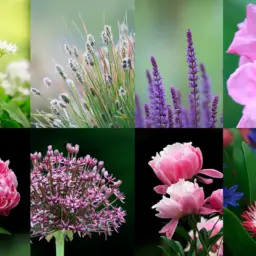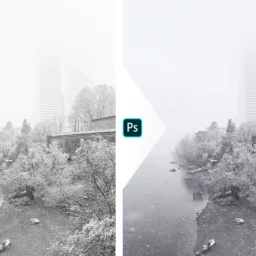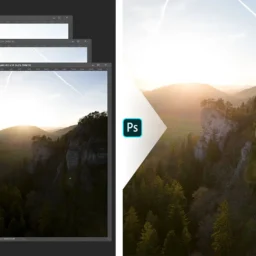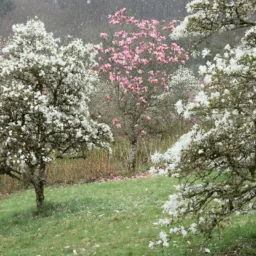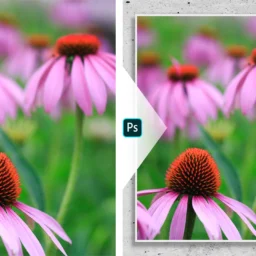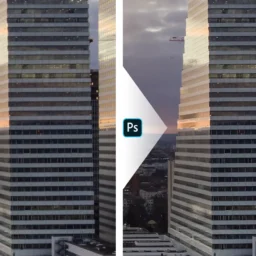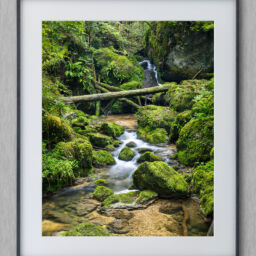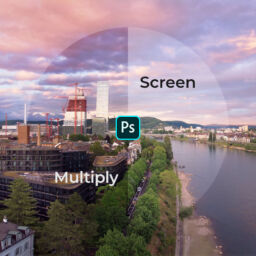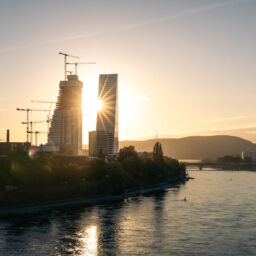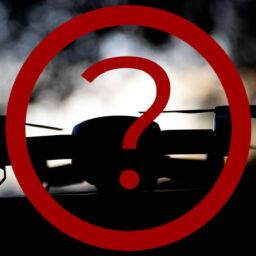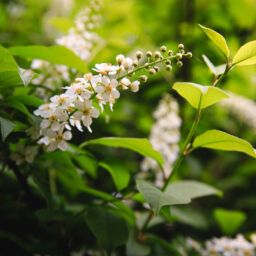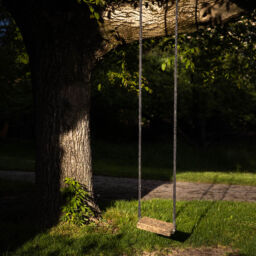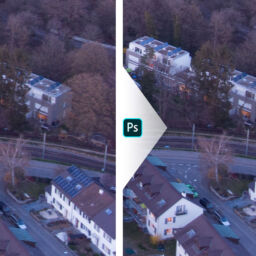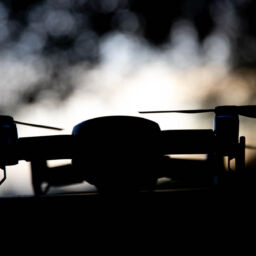To edit or not to edit
Hello there fellow photographer! The fundamental question whether to edit or not to edit images is a devisive one. People had and continue to have tough discussions on the subject, segregating into two camps. Will this piece be able to settle the dispute once and for all?
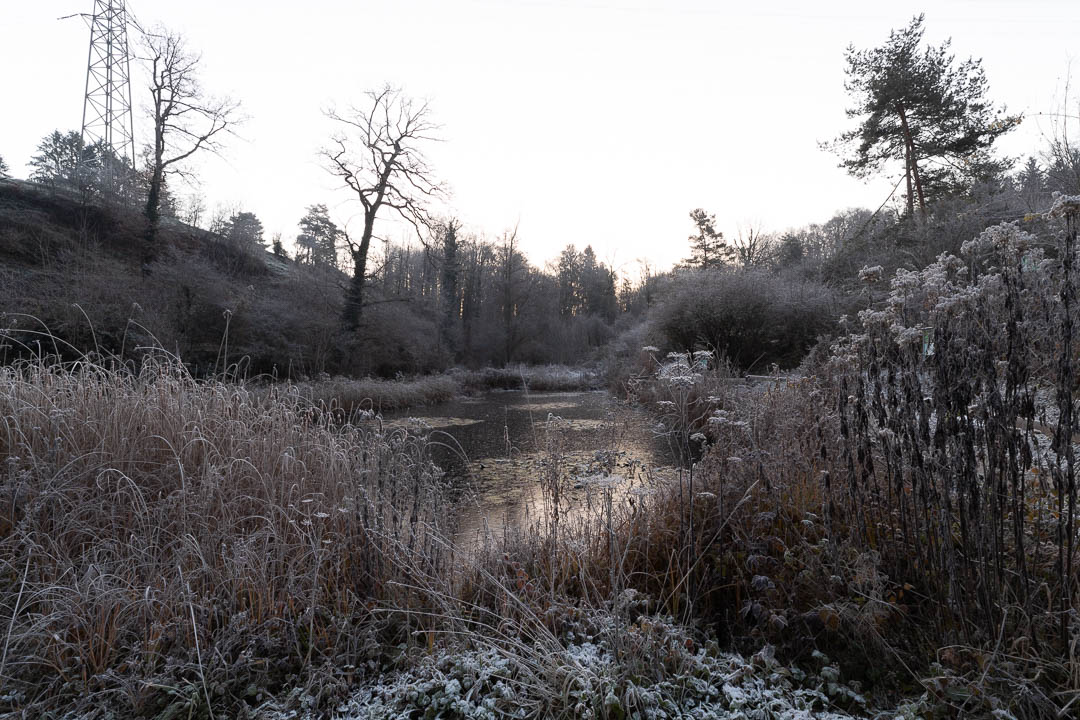
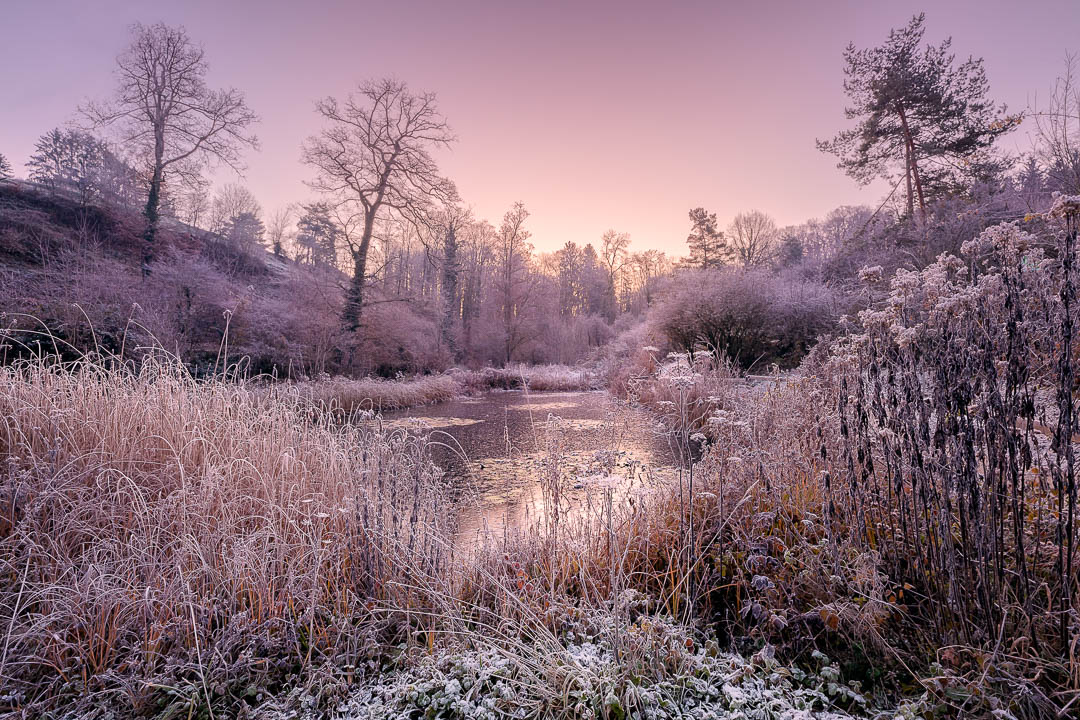
The image of the pond at Herzogenmatt in Binningen above is a combination of several exposures and obviously heavily processed. Too much? Should I not have edited at all? Lets have a look at the fundamental Pros and Cons.
Pros and cons of editing images
Let us start with a simple “Pros and Cons” list. There are quite some arguments on both sides. Let me know below in the comments if I missed some.
Pros
> I enjoy full artistic freedom
> With editing I can go beyond the limitation of automatic processing
> The camera is not able to capture reality, I can add it in post processing
> Editing allows me to match the image with what I saw
Cons
> It’s just too time consuming
> A great photographer gets great images straight out of camera
> An image should be a reflection of reality
> Manipulating images is manipulating people
Personally I can see at least some truth in most of those bulletpoints. However, there are some pitfalls where people start to heavily dissagree. In my opinion this is often due to a different understanding what photography is and how it relates to reality.
The Unedited Photograph – does it Exist?
When it comes to editing or not editing it is worth thinking about what you would consider an unedited photograph in the first place. Maybe you argue that it is whatever comes straight out of camera – but in my opinion this does not quite cut it. Any camera who just spits out a jpg image will have edited the original data that was recorded – usually by an automatic process which gives the image a look your are hopefully attracted to.
Well, what about shooting in raw? After all, this is indeed exactly what the sensor recorded. I’m not sure what the exact reading the sensor spits out is, nor whether it is the same across different brands. But be assured, this is not yet an image you or me can look at. This data has to be put together and interpreted as an image first. And there we have it again: There is a process which interprets this data an creates an output.
So ultimately, looking at it from this perspective, there simply does not seem to be such a thing as an unedited photograph! The differentiation is rather on who – person or program – and to what extend an image is edited.
There simply does not seem to be such a thing as an unedited photograph!
Now from a workflow perspective there is a clear difference whether you use whatever your camera delivers, or if you further edit this result – be it manually or by an automated process. And from this perspective I completely understand if you were to argue that an unedited image is simply what comes out of camera.
While you may further edit your images or not, it is worth thinking about how this image relates to reality. And this is exactly what we are going to do next.
The Concept of Reality
When you take into consideration that there may indeed be no such thing as an unedited photograph, then you must reject the idea that an image straight out of camera is simply the deptiction of reality. Even if there would be such a thing like a totally unedited image, you have to ask yourself: what do I consider to be reality in the first place? (Yes, asking the big questions here 😀)
The artist Magritte wrote on his famous painting “this is not a pipe” (image from wikipedia). It’s such an elegant and straightforward way of making a statement about a rather complex topic.

Everybody has his own understanding what reality is and how it is defined, and most assume others share the same idea. So, do you and me share a common understanding of reality? Let me tell you my concept of reality, so you can compare it with your own:
I believe there is an objective and absolute reality. Whether and how I am able to perceive this absolute reality is a whole different question. I can use my senses, measurements, experiments and logic to probe and understand certain aspects of this reality. From this I build the foundation of my very own, subjective reality – which is therefore a subset of the objective reality at best – more realistically a distorted and partially flawed version.
However, my individual subjective reality does not only consist of perception of the objective reality. It can be enriched with my ideas, fears, morals, fantasy, creativity etc. And as such I ask myself whether those additional parts are in themselves also a part of the objective reality. You could even argue that my and your subjective reality are a part of the objective reality as well. While this is obviously a circular argument, I think it is important to separate the reality which is independent from my own mind, from the one that exists in my own mind.
With this settled, let’s talk about how we visually perceive reality.
Your own Perception of Reality
For the sake of this article, we should limit the question of how we perceive reality to visual perception. For everyone with the ability to see, the visual input is usually the sense which requires the most resources and has a big impact. There is a reason why “a picture says more than a 1000 words”.
So, can we see reality? Hardly! First of all, our eyes are only able to detect a very small band of the electromagnetic spectrum, everything outside of this band is invisible to us. There are animals which see part of that spectrum that we do not. Humans have three types of colour sensing receptors, a lot of animals have two. And of course there are various conditions where the spectrum those receptors detect is altered or altoghether missing.

You may be tempted to think that our visual perception works in the same way as a camera: Light enters through a lense, a sensor (the retina) gathers the light and sends an image to our brain. Unfortunately it’s not that simple: Our retina is built more heterogenious than you might think, the field of view we see clear and sharp is rather narrow and in fact the incoming information is already processed to a certain degree in the retina itself. Therefore our brain never get’s a “raw” image in the first place, and this information again is then processed and interpreted.
While I’m not aware of any method that would tell us exactly what each individual person visually perceives, it makes sense that with different abilities to detect light the perceived reality also differs. So, how can we then connect an image to reality?
Can an image reflect reality?
With the points above it becomes very hard to argue that an image simply depicts reality. Just think about it: A lot of images in newspapers are – or at least were – black and white. Most people don’t see the world in black and white… A long exposure? Certainly not even close to what we can experience… But there may be cases, where an image is closer to what most people perceive.
Indeed if someone claims to edit an image to make it look like reality, or better how they saw it in this moment, they may have a point. After all, who am I to judge what they saw when they had the camera in hand? However, there are cases where I have a lot of doubts: I suspect some people remember an “improved” version of reality which slipped it into their memory 😉
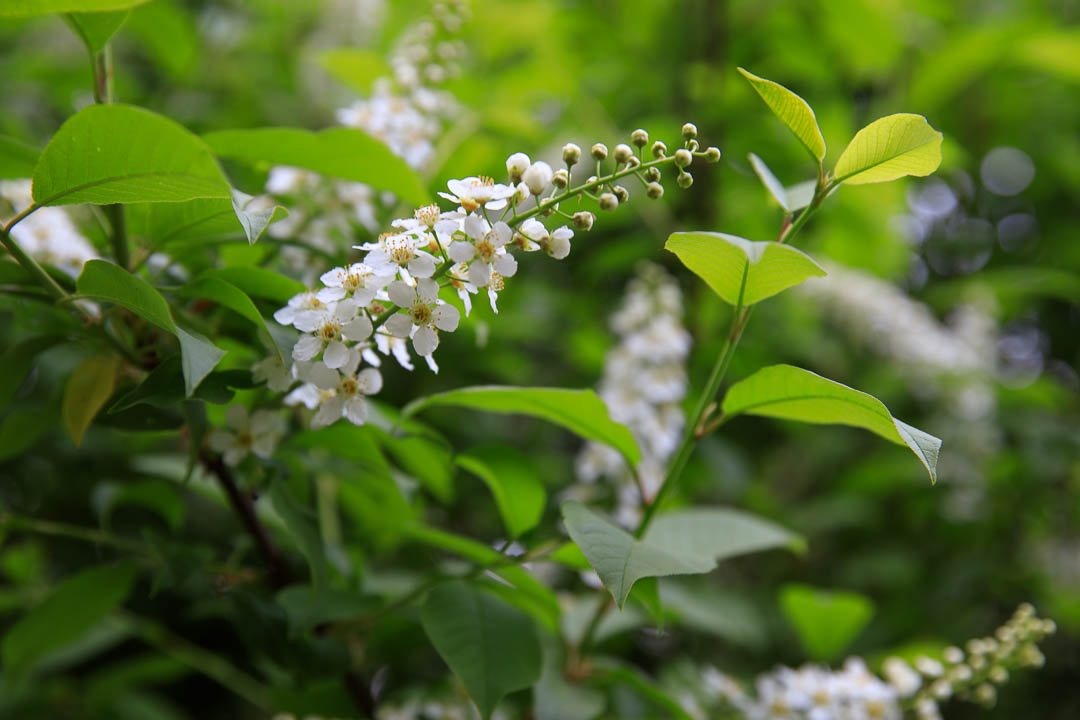
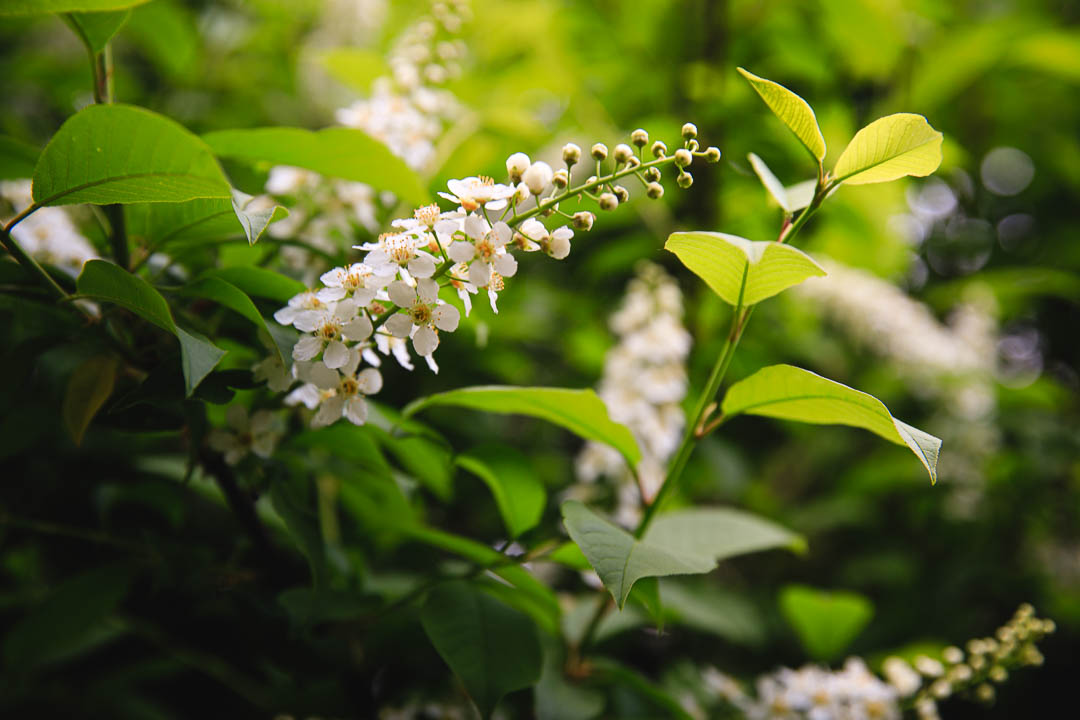
Did you already see the blogpost about the editing of the image above? My goal was to emphasize the light that was there in the scene. As usual the raw image is a bit flat and the colors and the mood do not quite fit what I remember. Can I claim I edited the image to reflect reality? Maybe it is a bit closer to what I perceived, but surely not completely. You may have a hard time claiming the editing of this image is manipulative, however I have many others where this is the case – the title image of this post for example.
Editing = Manipulation? Context Matters!
The last point evolves around image manipulation. Do you think it is right or wrong to edit an image in a certain way? Why would it be right? Why wrong? I argue that context is very critical when we debate this.
Whether editing an image equals manipulation depends on the context of the photograph
A photojournalist who publishes in a newspaper has to be very conservative when it comes to editing. Another way to manipulate is by choosing a frame which omits important parts of the story.
If you blog about travel and describe a beautiful place, you will need to be careful with editing images. While it may be one goal to inspire people to travel to those places, it would be unethical if they were never able to find a place which somewhat resembles your images. Also when you edit images of humans, you may want to think about what and why you edit – a lot of ethical questions are being part of an ongoing debate.
If I create an image as art, with my own style, my personal message and with no other context, everything must be possible. There simply cannot be boundaries there.
There are clearly many grey areas. You and me may have a different opinion on whether something is acceptable or not. I think the most important thing is to be open and transparent! I often point out whether I edited an image in Lightroom, or also in Photoshop.
I Edit My Images
I edit most of my images, especially when I shoot with my EOS R or my Mavic Air in raw. When I take images with my phone to share with friends or on social media I often skip further editing.
Raw images are a starting point for me and I enjoy trying out different things, be it with brightness or some more fancy color adjustments. Most of this does not come natural to me, I require a lot of practice aka try and error 🙂.
Below are some examples where the reason why and how I edited are different.
Combining different exposures
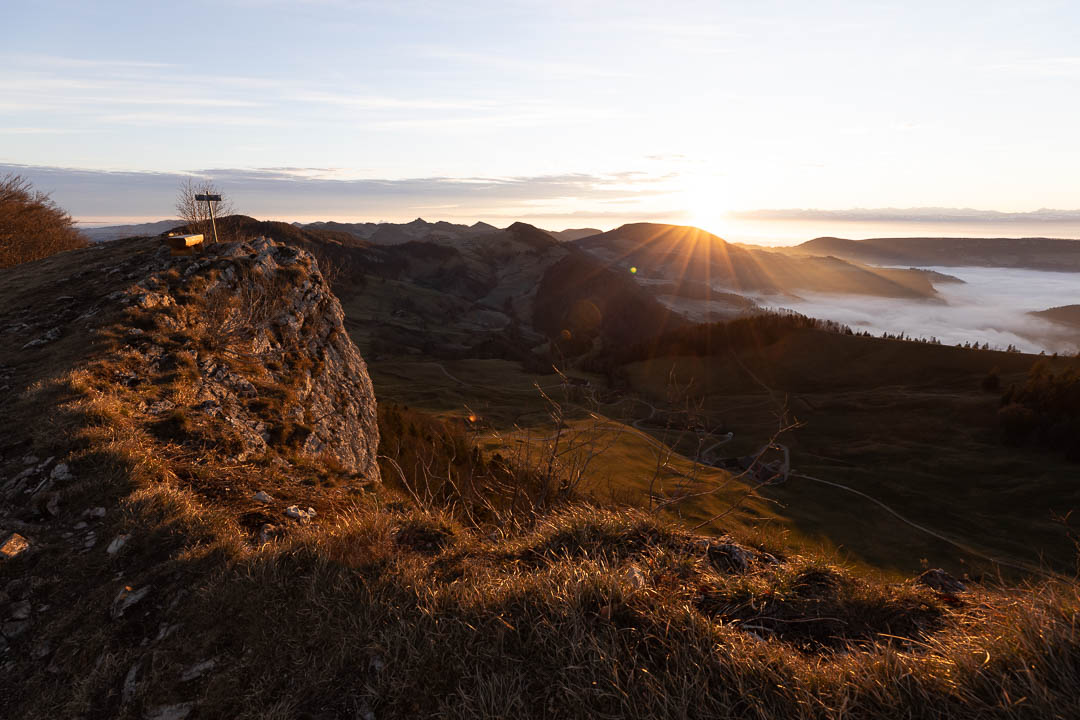
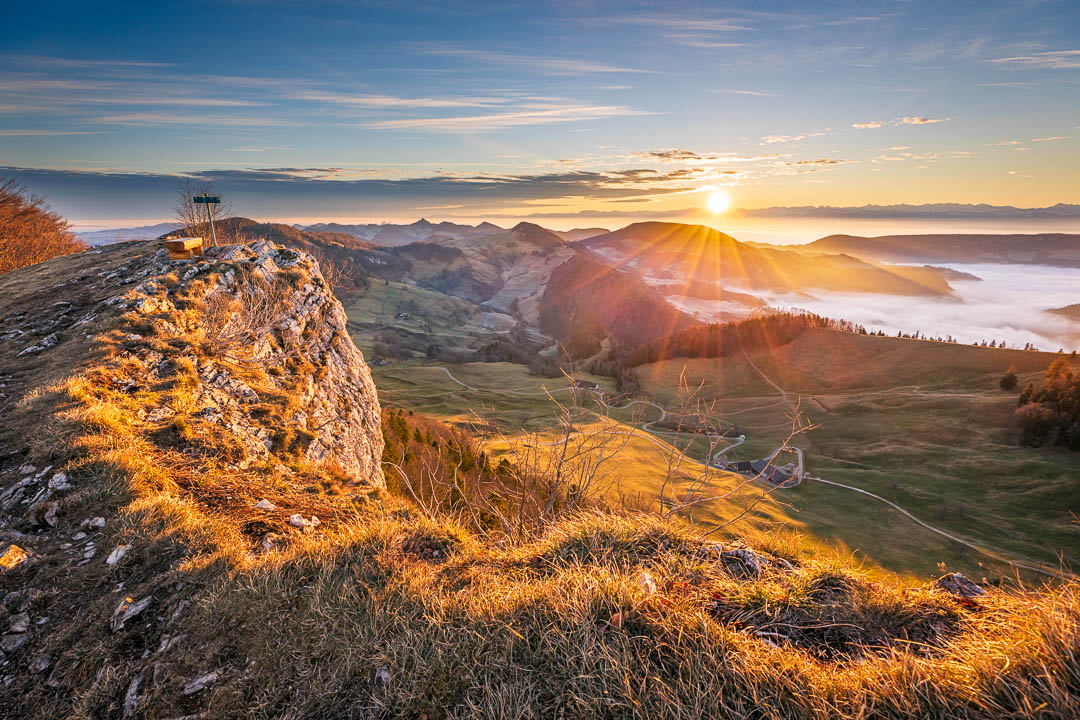
In the example above it’s even not easy to show a before and after, because this is just one out of 4 images which I combined for the final result. Three of the images have a different exposure (see exposure bracketing) to record details and more accurate colors in the very bright sky and in the shadows below. In the fourth shot I covered the sund with my finger, effectivly removing the lensflare present in the other shots.
The result is closer to what I perceived in this moment, but I went a bit futher in my editing. The saturation is generally a bit higher and I tried to emphasize the orange rimlight further. One reason is purely my own feel of aestethics, but I also wanted to somehow bring across how it felt when the sunlight touched my face on this very cold morning. You can find in higher resolution version of the image with some background information here.
Creating more Depth and Coloration
The edit of the image below seems clearly more subtle, but there are a few steps which I did not do in the image above. First is the use of the dehaze tool in Lightroom: on the bottom of the frame I used dehaze while towards the horizon I introduced more haze. This gives the image more depth. Then the color on the horizon: I put a radial filter there and added some coloration – a pale orange yellow. It’s not far from the original, but balances the colors in the image much better. And finally I moved the person crossing in the front from the bottom left to the center of the frame. Just because 🙂
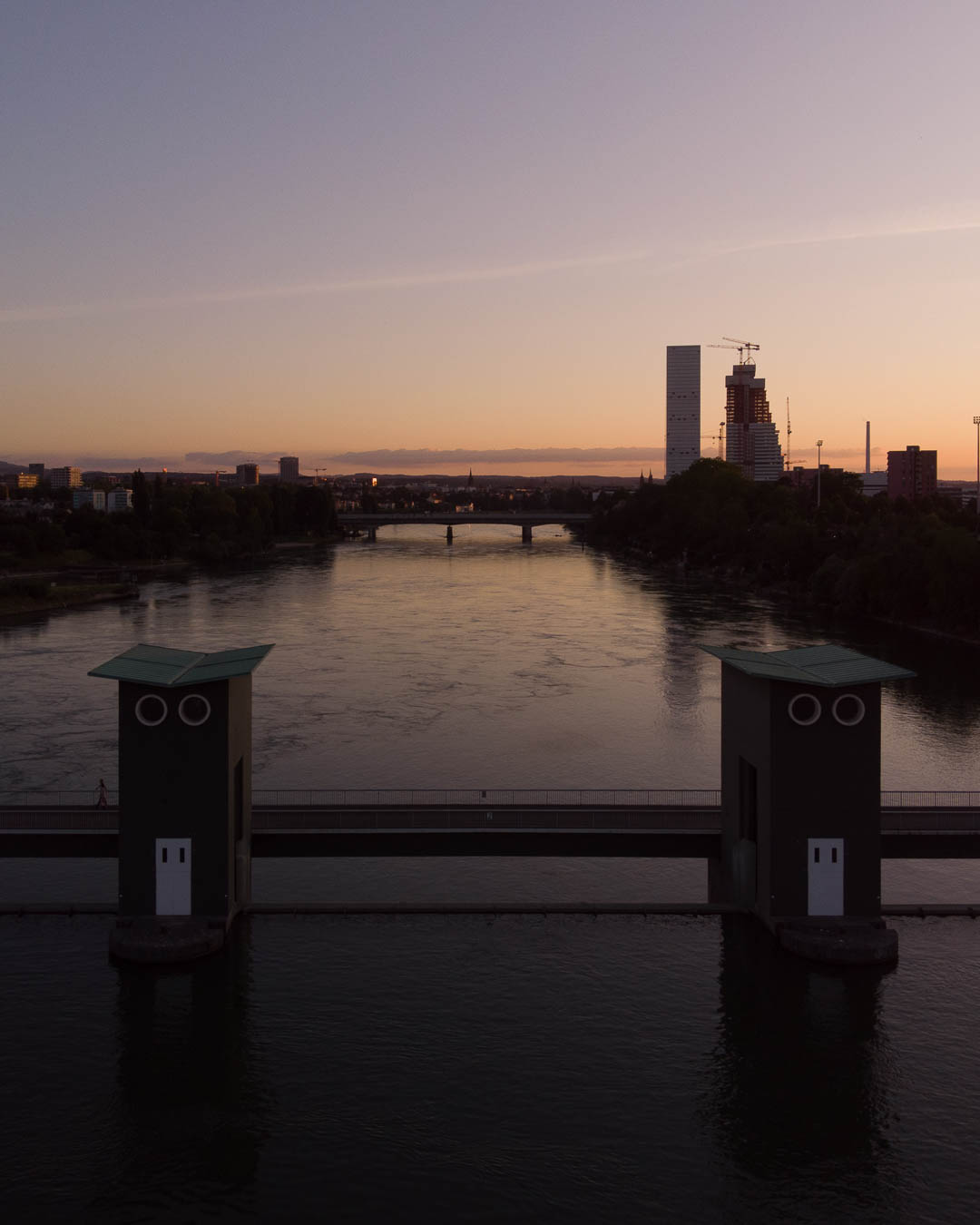
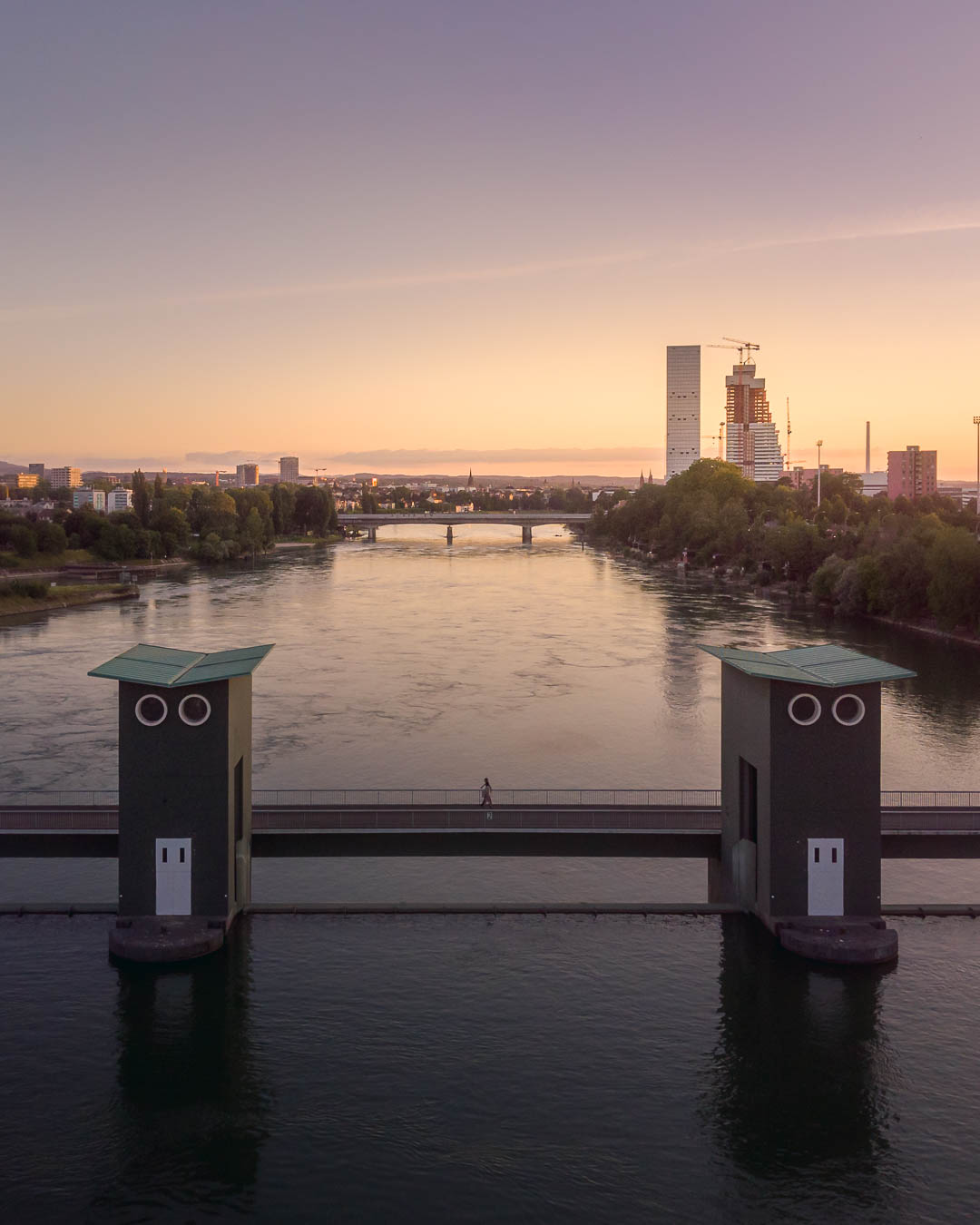
Minimalistic Edit to Enhance the Light Mood
Finally the edit on the image below is minimalistic, rather subtle and is described in this blogpost. All I did was use the light present in the scene, and by slightly adjusting brightness and contrast emphasize what was already there.
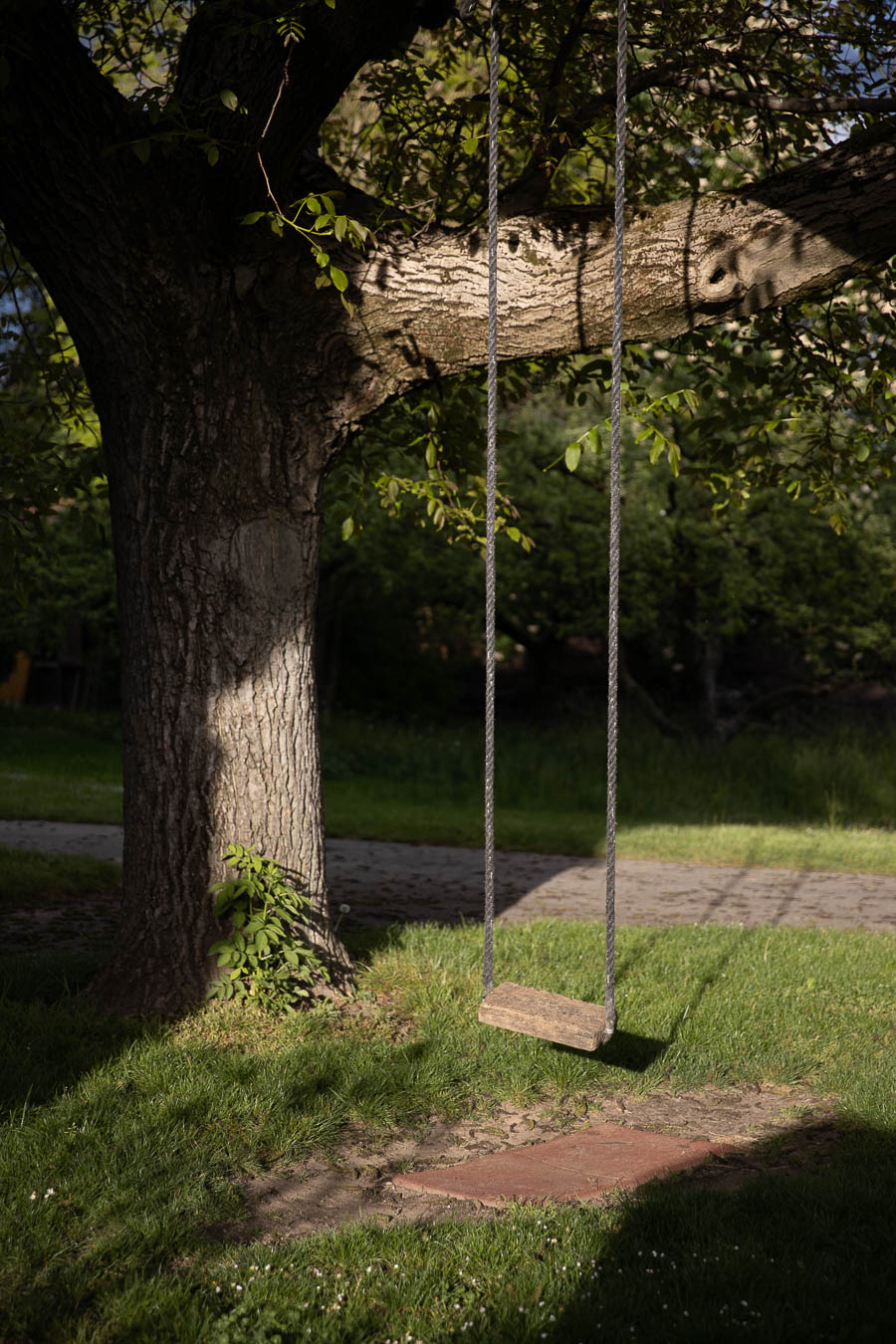
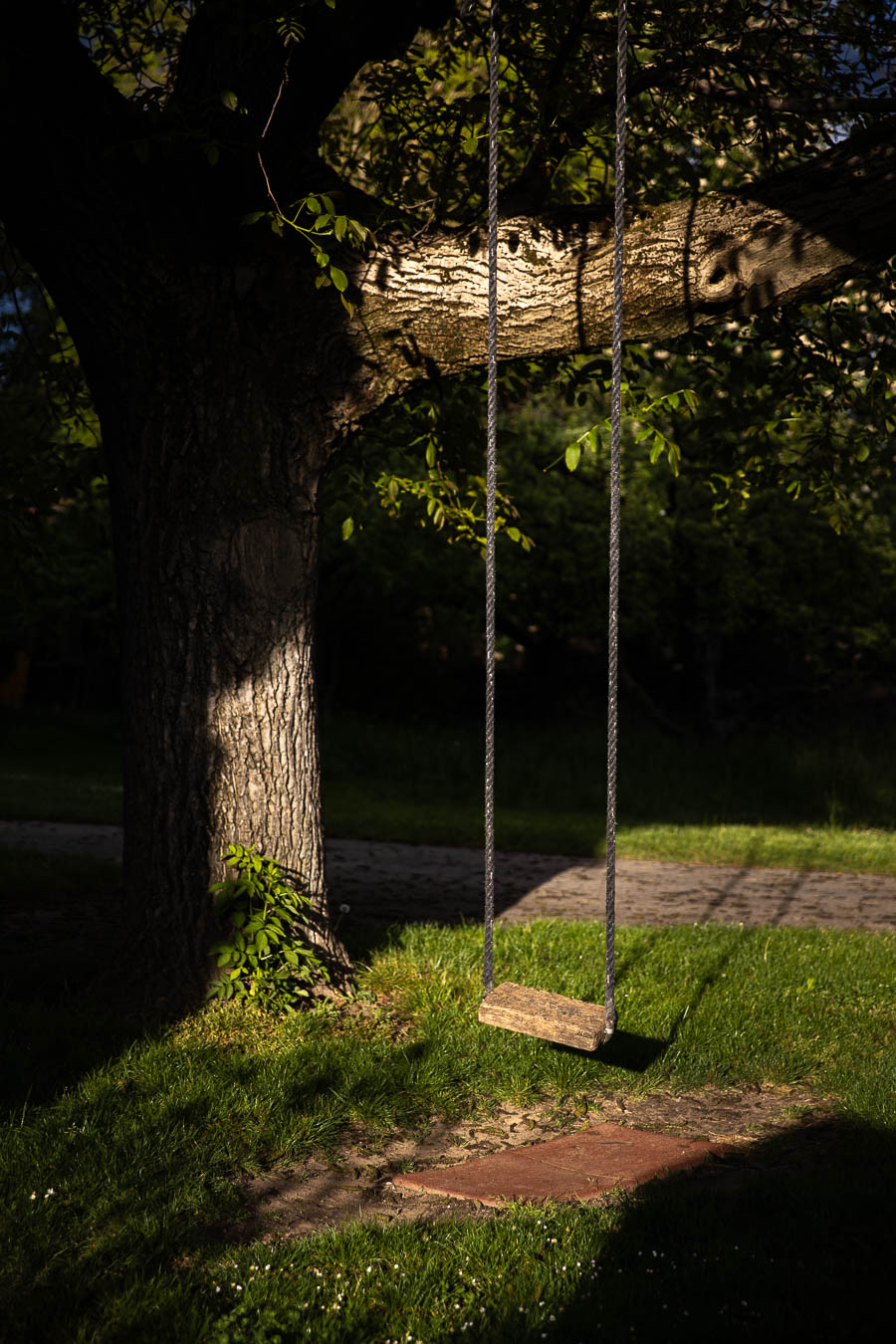
So, should you edit your images?
What can I say: Of course you should do what you like, no one can order you to do it one way or the other. There simply is no right or wrong here. You can find many good reasons to further edit what comes out of your camera, and also many not to do so.
Do you want to spend as little time as possible after you took an image? And you are happy with the result straight out of camera? Great! Do you enjoy brining your images to the next level, maybe complete your artistic vision? Excellent! Depending on the context I suggest you are transparent on what you did with your image to avoid misunderstandings.
My hope is that you found some food for thought in this blogpost, maybe some new insights or topics to think about when it comes to editing photographs. Did I miss something? Or even better: do you disagree with me? I’d be most grateful to hear from you down belown in the comments!
Did you like this Blogpost?
Wow, you made it to then end of this post, thank you so much for reading it all! 🙏 Is there anything you are missing, something which I could do better? If you liked it and/or have constructive feedback be sure to leave a comment below or reach out directly to me. You can learn more about me here.


